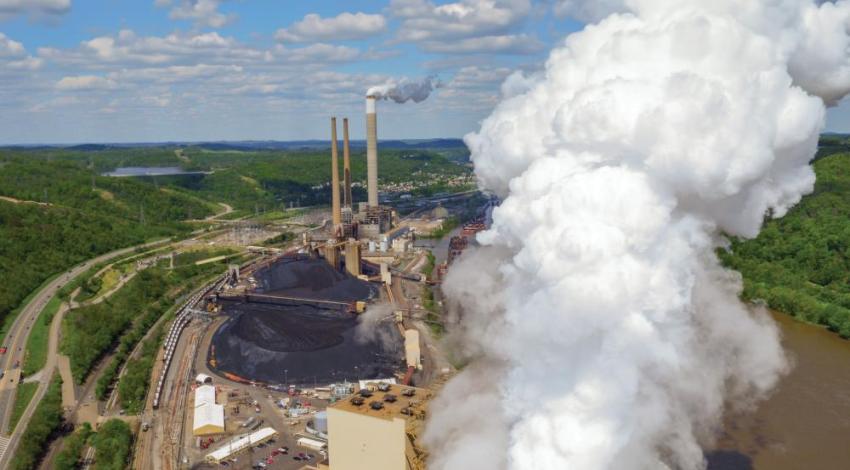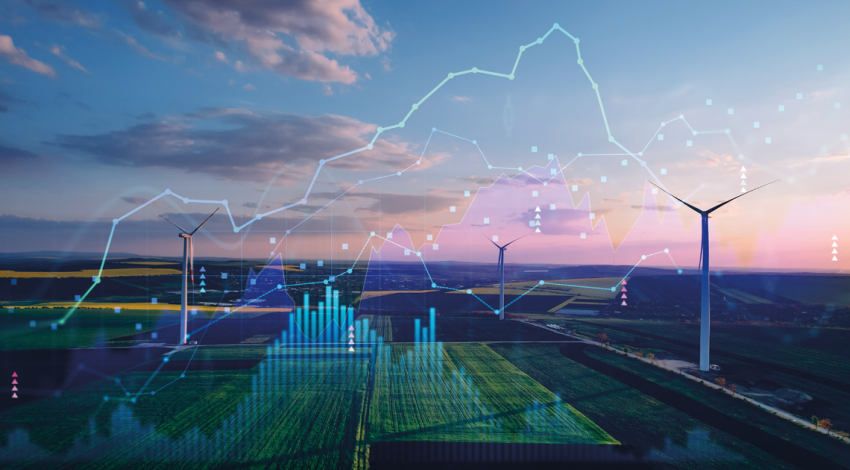The U.S.
“Buckeye Power has invested more than $1 billion in environmental controls over the past 20 years,” says Pat O’Loughlin, Buckeye’s president and CEO. “To put it in perspective, that’s over half of everything we’ve invested in the entire history of our company, and those investments have produced dramatic results in cleaner air, cleaner water, and significantly reduced solid waste such as ash.”











